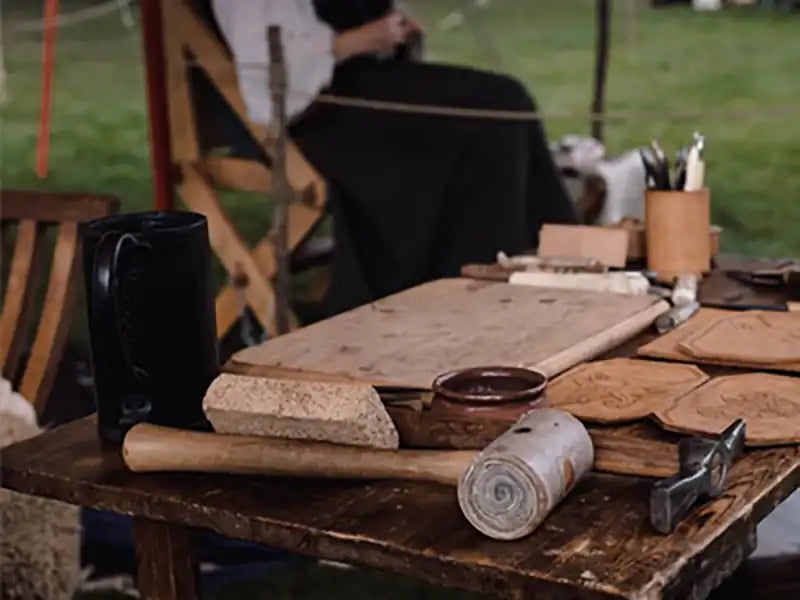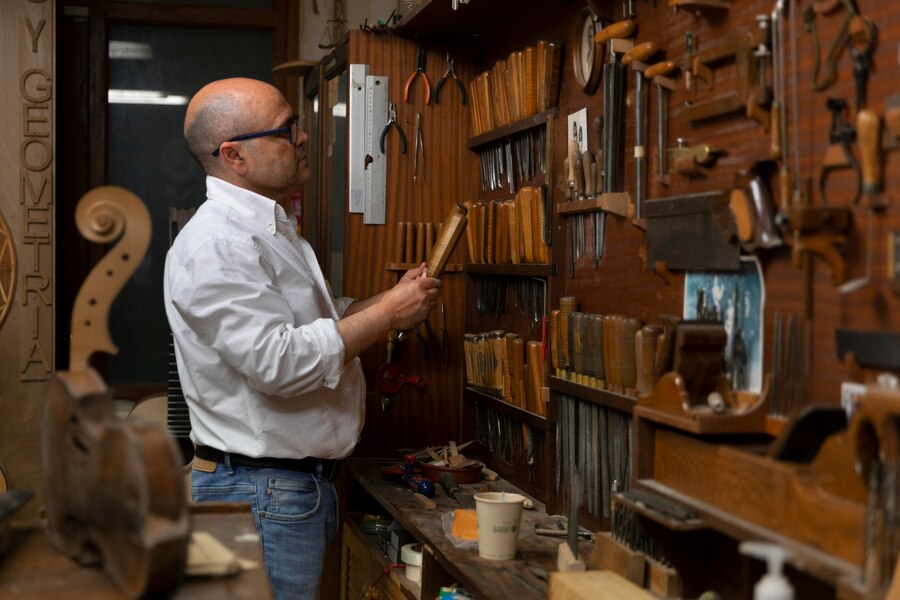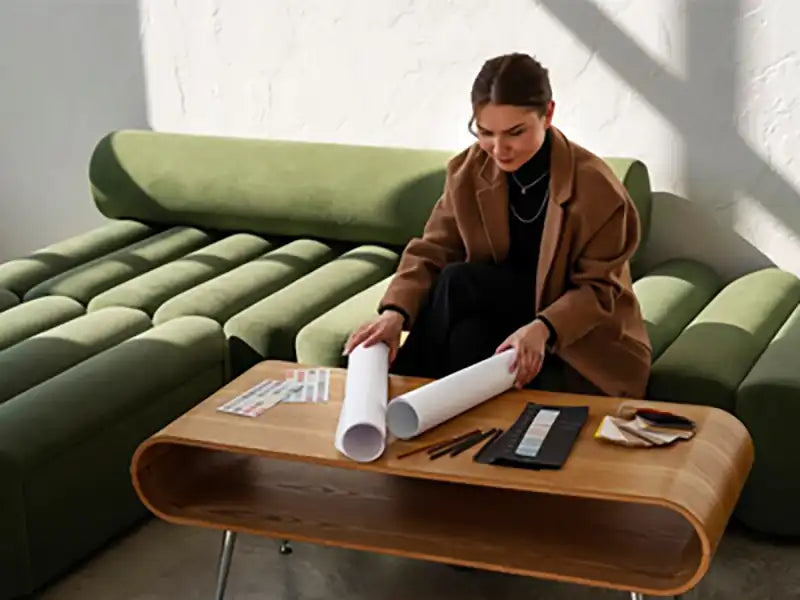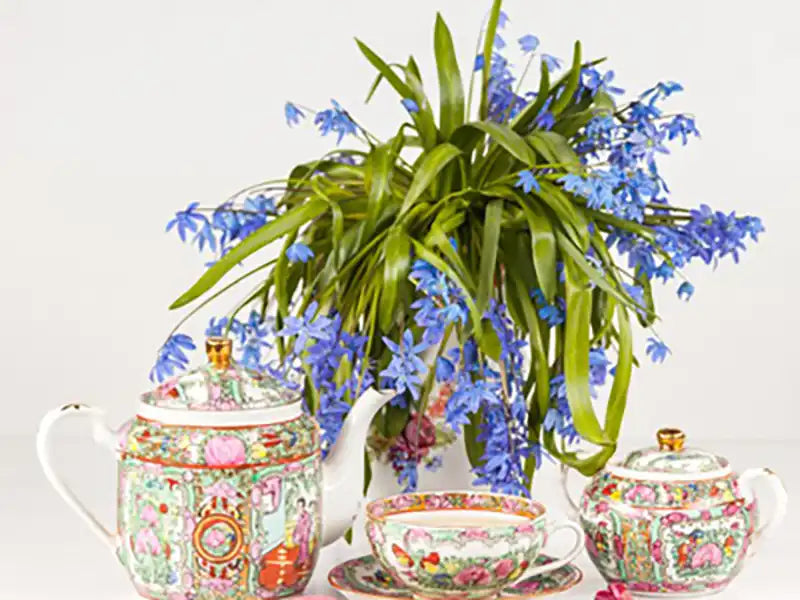Are you tired of your old, worn-out furniture? Looking to spruce it up and give it a fresh, rustic look? Well, look no further! Whitewashing furniture is the answer to your décor dreams.
White washing your living room furniture
It's a fun and creative DIY project that can transform your tired pieces into shabby chic treasures. So roll up your sleeves and let's dive into the art of whitewashing.
Step 1: Gather Your Supplies
Before we get into the nitty-gritty, let's gather everything you'll need for this adventure:
- Furniture piece of your choice
- Sandpaper (various grits)
- Drop cloths or old sheets
- A clean rag or brush
- White latex paint (water-based)
- Water
- Painter's tape (if you want to protect certain areas)
Step 2: Prep Your Furniture
Your old piece of furniture needs some love before you can start whitewashing. Start by sanding it down to remove any existing finish or rough spots. This step helps the paint adhere better and gives your piece a smooth surface. Depending on how stubborn that old finish is, you may need some elbow grease and patience. At Greenhouse Decor we can build a custom design furniture with whitewash finish or any other colours that you want to match.
Step 3: Protect and Prepare Your Workspace
Whitewashing can get a bit messy, so protect your surroundings with drop cloths or old sheets. This is the time to embrace your inner Picasso without worrying about your floors.
Step 4: Mix Your Whitewash
Now, it's time to create your magical whitewash potion. Mix one part white latex paint with one part water. You can adjust the ratio to your liking. If you want a thicker, more opaque look, add less water; for a lighter, translucent effect, add more water. Stir it up until it's well blended.
Step 5: Apply the Whitewash
Dip your brush or rag into the whitewash mixture, making sure it's saturated but not dripping. Apply it to your furniture piece in long, even strokes, following the grain of the wood. Don't worry if it looks a bit streaky at first; that's part of the charm. If you're worried about drips or want to protect certain areas, use painter's tape to mask them off.
Step 6: Wipe Away Excess
After you've applied the whitewash, take a clean rag and lightly wipe away the excess. This helps to achieve that weathered, rustic look by leaving some wood grain peeking through.
Step 7: Let It Dry
Give your newly whitewashed piece some time to dry. This might take a few hours to a day, depending on the thickness of your whitewash and the humidity in your area. Be patient; it's worth it.
Step 8: Repeat (If Necessary)
Depending on your desired look, you can repeat steps 5-7 to add more layers of whitewash. Each layer adds depth and character to your furniture, so feel free to experiment until you achieve the desired effect.
Step 9: Seal the Deal
To protect your newly whitewashed masterpiece, consider applying a clear polyurethane finish. This will not only keep it looking fabulous but also make it more durable and easier to clean.
Step 10: Admire Your Handiwork
Stand back, admire your handiwork, and revel in the satisfaction of turning an old piece of furniture into something fresh, stylish, and uniquely yours.
So there you have it, the art of whitewashing furniture demystified! It's a fantastic way to breathe new life into old pieces and add a touch of rustic charm to your home. Grab your paintbrush, put on some old clothes, and let your inner artist shine as you transform your furniture into something truly special. Happy whitewashing!






